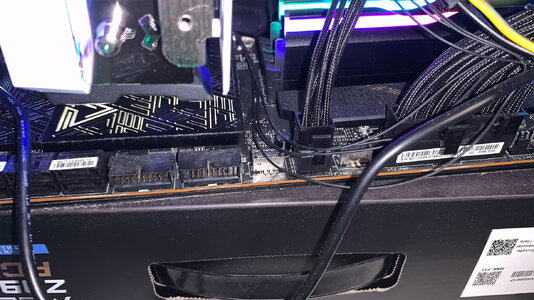David Siebert
Distinguished
That is harder to define. What kind of productivity? CAD? or that Content Creation category? standard business tasks like using Office? Maybe web development or .net development? Or what about Embedded development using VXworks or Linux? What about FPGA work?Where were the builds for productivity? I only saw gaming builds.
For example, most office tasks will be fine on just about anything. For what I do which is embedded development I want cores and lots of RAM. For content creation, I would want an Intel with a GPU for QuickSink a lot of RAM, and a good Nvidia GPU with a lot of VRAM. It's very much the same as I would want for AI work. I am sure I left out some other productivity tasks, but as you can see, the category of productivity is just too large to deal with it should be broken down into several categories. At least that is my opinion. The ideal development desktop for me would be a 7950 or I9 with at least 64G of RAM, and fast NVM storage (RAID mirror please), and the standard IGPU would be fine. Throw on a Quadra if you want me to do some CUDA work on the system.
If you have a big budget then Treadripper or a HEDT Xeon with a Quadro but I think that I would spend that money on the FPGA folks since it would be overkill for most development I do.


 At that price point, for bare minimum, i'd expect to see Seasonic Vertex or Corsair HXi or Super Flower Leadex Platinum in there, in 1200W range. Whereby Seasonic PRIME ATX 3.0 or Corsair AXi or Super Flower Leadex Titanium in 1600W range is preferred.
At that price point, for bare minimum, i'd expect to see Seasonic Vertex or Corsair HXi or Super Flower Leadex Platinum in there, in 1200W range. Whereby Seasonic PRIME ATX 3.0 or Corsair AXi or Super Flower Leadex Titanium in 1600W range is preferred.



